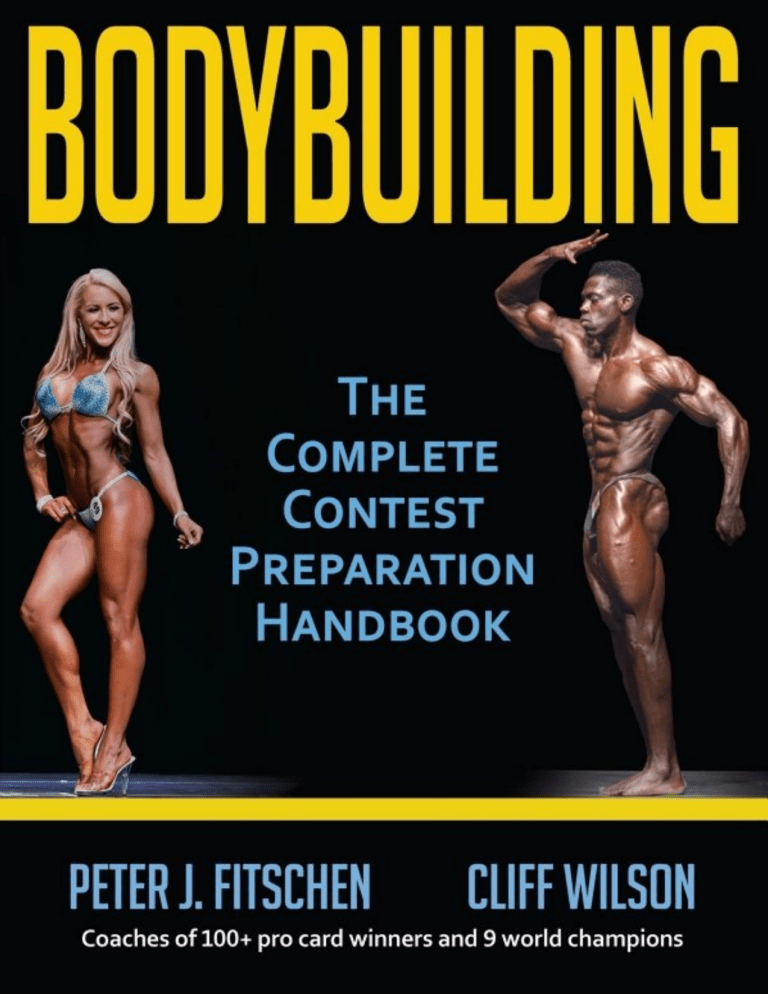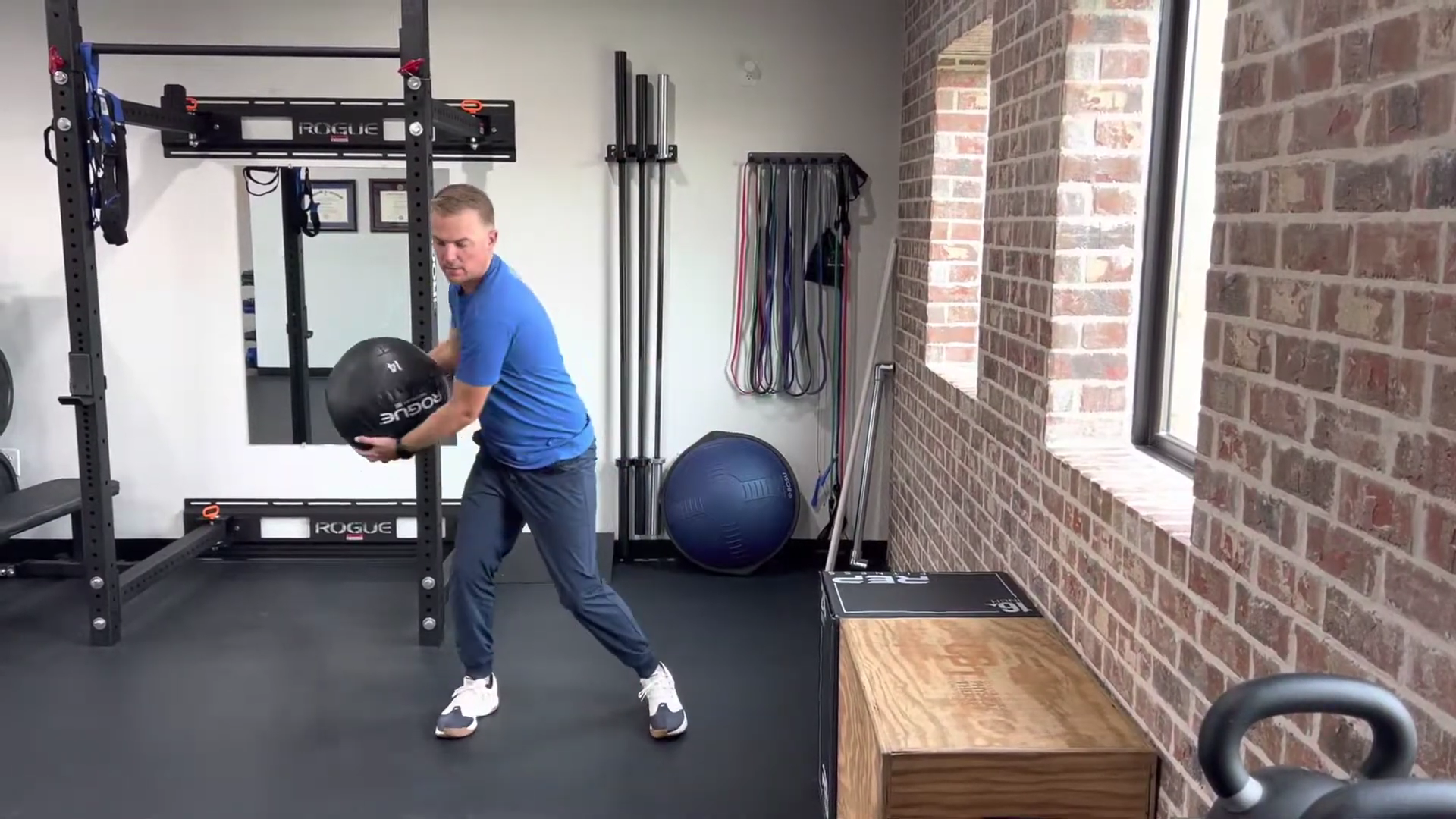
The Ultimate Bodybuilding Competition Preparation Guide: A 12-Week Blueprint
Competing in a bodybuilding competition is a grueling yet incredibly rewarding experience. It requires meticulous planning, unwavering dedication, and a relentless pursuit of physical perfection. This comprehensive guide outlines a 12-week preparation plan, encompassing nutrition, training, posing, and mental strategies to help you reach peak condition for your competition.
Phase 1: The Foundation (Weeks 12-8)
This phase focuses on building a solid base of muscle mass and strength while gradually reducing body fat. It’s crucial to avoid drastic measures at this stage, prioritizing sustainable progress over rapid changes.
Training:
- Frequency: 4-6 days per week, focusing on compound movements like squats, deadlifts, bench presses, overhead presses, and rows. Split your routine effectively, targeting different muscle groups on separate days to allow for adequate recovery.
- Volume: Moderate volume, aiming for 8-12 repetitions per set. Maintain good form throughout each exercise to prevent injuries. Consider incorporating drop sets, supersets, and rest-pause sets to enhance muscle growth and strength.
- Intensity: Moderate intensity, ensuring you can complete all sets and reps with good form. Focus on progressive overload, gradually increasing weight, reps, or sets over time.
- Cardio: Incorporate 2-3 sessions of low-intensity cardio per week, such as walking, cycling, or elliptical training, for 30-45 minutes. This helps improve cardiovascular health and fat burning without compromising muscle mass.
Nutrition:
- Caloric Intake: Maintain a slight caloric surplus (250-500 calories above your maintenance level) to support muscle growth. Focus on consuming high-quality protein (1.6-2.2 grams per kilogram of body weight) to maximize muscle protein synthesis.
- Macronutrient Ratio: Aim for a macronutrient ratio of approximately 40% carbohydrates, 40% protein, and 20% fat. Adjust these ratios based on your individual needs and response. Prioritize complex carbohydrates like brown rice, oats, and sweet potatoes over simple sugars.
- Hydration: Drink plenty of water throughout the day. Aim for at least half your body weight in ounces of water daily.
- Supplementation: Consider supplementing with creatine monohydrate, whey protein, and BCAAs to support muscle growth and recovery.
Phase 2: Refinement (Weeks 8-4)
This phase involves refining your physique, further reducing body fat, and enhancing muscle definition. The focus shifts to more intense training and a stricter diet.
Training:
- Frequency: Maintain 4-6 days per week. Increase the intensity and volume slightly. Focus on higher repetition ranges (12-15 reps) and incorporate more isolation exercises to target specific muscle groups.
- Volume: Increase the volume gradually, but prioritize quality over quantity. Maintain good form and focus on feeling the muscle working.
- Intensity: Increase the intensity, using techniques like drop sets, supersets, and rest-pause sets more frequently.
- Cardio: Increase the frequency and intensity of cardio sessions. Consider incorporating high-intensity interval training (HIIT) to maximize fat burning.
Nutrition:
- Caloric Intake: Gradually reduce your caloric intake to create a slight caloric deficit (250-500 calories below your maintenance level). This will help you shed body fat without sacrificing muscle mass.
- Macronutrient Ratio: Adjust your macronutrient ratio, potentially increasing protein intake slightly and reducing carbohydrate intake. Continue prioritizing complex carbohydrates and healthy fats.
- Hydration: Continue drinking plenty of water. Consider increasing your water intake as you get closer to the competition.
- Supplementation: Continue using supplements as needed. Consider adding a fat burner to help boost your metabolism.
Phase 3: Peak Week (Weeks 4-1)
This is the final phase, focusing on maximizing muscle fullness, vascularity, and overall stage presence. This requires a precise approach to nutrition, training, and hydration.
Training:
- Frequency: Reduce training frequency to 3-4 days per week. Focus on shorter, higher-intensity workouts.
- Volume: Significantly reduce training volume. Prioritize quality over quantity.
- Intensity: Maintain high intensity, but avoid overtraining.
- Cardio: Minimize or eliminate cardio completely.
Nutrition:
- Caloric Intake: Further reduce your caloric intake, but avoid extreme calorie restriction. Maintain a very slight caloric deficit or even a small surplus depending on your physique response.
- Macronutrient Ratio: Fine-tune your macronutrient ratio based on your individual needs and response. Consider manipulating carbohydrate intake to control water retention. Consult with a coach to determine the optimal strategy.
- Carbohydrate Loading: Implement a carbohydrate loading strategy in the days leading up to the competition to maximize muscle glycogen stores and fullness. This requires careful planning and execution.
- Hydration: Manage hydration carefully. Avoid overhydration or dehydration. Consult with a coach to develop a precise hydration plan.
Posing Practice:
Begin practicing your posing routine early in your preparation. This is crucial for developing muscle control, improving stage presence, and delivering a confident presentation. Consider working with a posing coach to refine your technique and create a compelling routine.
Mental Preparation:
Mental fortitude is just as important as physical preparation. Visualize success, stay positive, and manage stress effectively. Consider working with a sports psychologist to develop strategies for managing competition anxiety and enhancing mental resilience.
Important Considerations:
- Individualization: This is a general guide. Adapt the plan to your individual needs, experience level, and body type. Consider working with a qualified personal trainer or coach to create a personalized plan.
- Rest and Recovery: Prioritize sleep (7-9 hours per night) and adequate rest between workouts. Recovery is crucial for muscle growth and preventing overtraining.
- Monitoring Progress: Regularly monitor your progress by tracking your weight, body fat percentage, and measurements. Adjust your plan as needed based on your progress.
- Listen to Your Body: Pay attention to your body’s signals. If you feel overly fatigued or experience pain, reduce the intensity or volume of your training.
- Professional Guidance: Consider working with a qualified personal trainer, nutritionist, and posing coach to maximize your results and minimize the risk of injury.
Preparing for a bodybuilding competition is a challenging but rewarding journey. With meticulous planning, unwavering dedication, and a focus on both physical and mental preparation, you can achieve your goals and step confidently onto the stage. Remember to prioritize your health and well-being throughout the process. Good luck!



